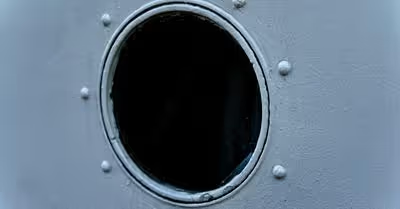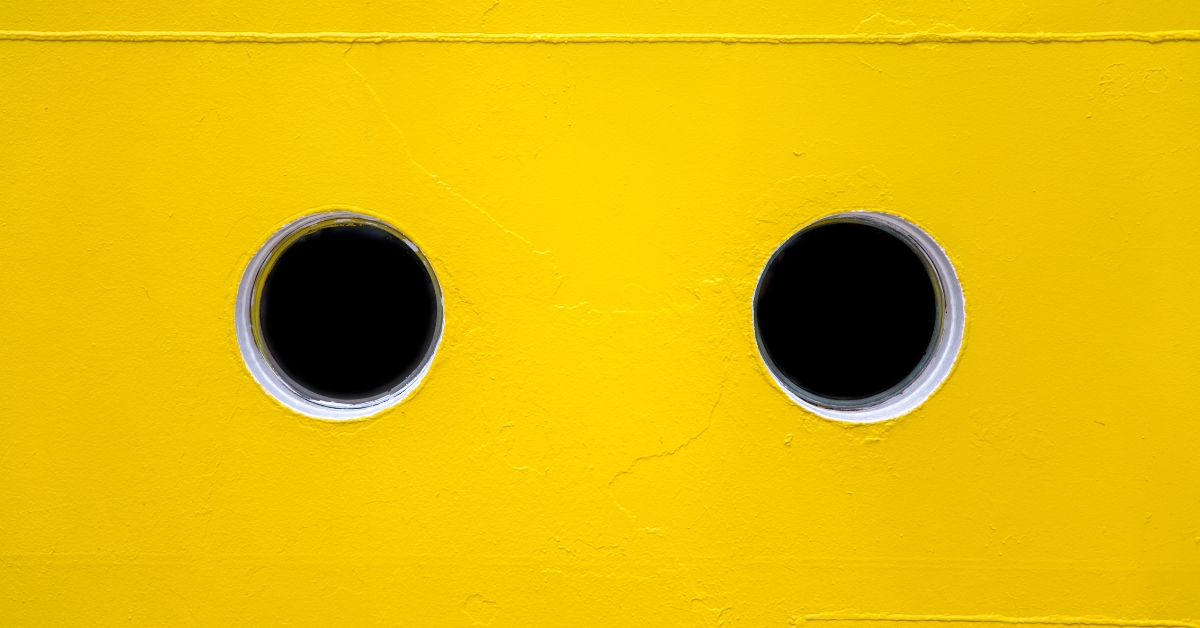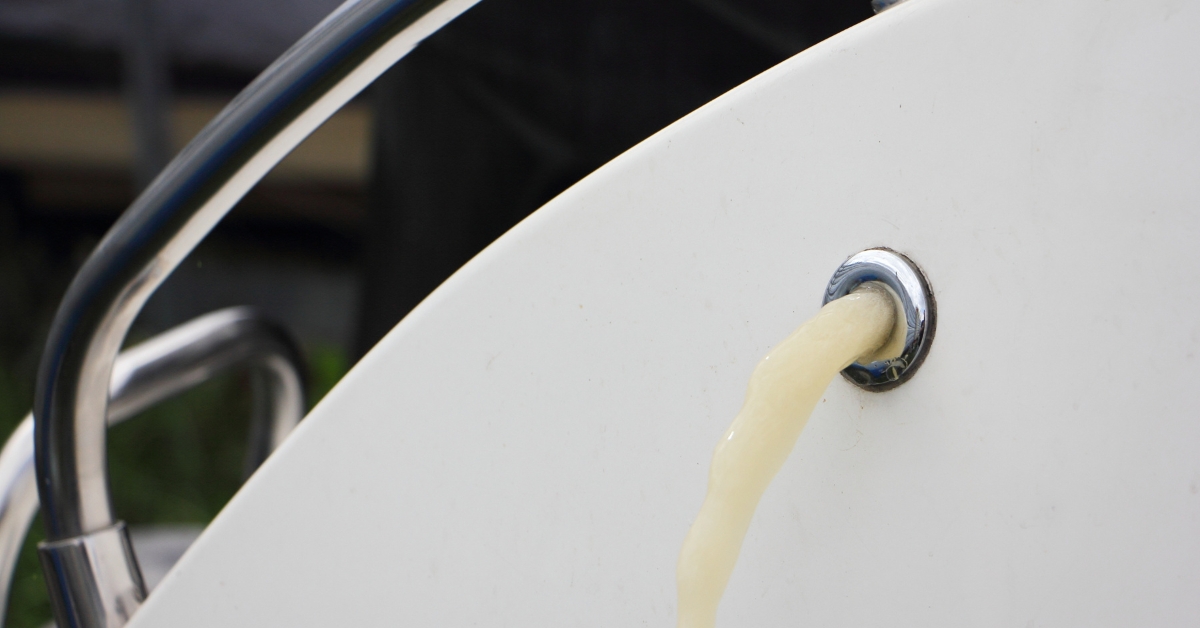
Key Takeaways
- Ventilation holes, scuppers, hawseholes, and drain holes are the types of holes in boats.
- Familiarity with the different other holes in boats allows for better maintenance.
- Boat anatomy is complex, and knowing a complete purpose leads to better usage.
Are you worried about a boat with holes? Let’s guide you through their significance and upkeep for a seamless boating journey you are planning.
A Boat with holes, also known as a scupper or a limber boat with holes, are crucial drainage passages designed to prevent water accumulation and potential sinking. Understanding their purpose and maintenance is vital for safe and smooth sailing.
As an expert with years of sailing experience and insights from top-notch authorities in the maritime world, I've weathered the waves and tackled the boat with holes head-on. Let me share my knowledge and help you learn things about boat holes to keep you afloat on your nautical adventures!
What Are The Holes In Boats Called?
Boats are marvels of engineering and design, ensuring safe and efficient travel across water. Constructed with precise architectural finesse, boats have various features and compartments that make them effective navigational machines. Among these features are the unique holes found in different positions on the hull that make it easy to float.
Understanding a boat with holes is crucial for boat owners and enthusiasts alike, as it enhances their awareness of the nautical world. Some of the several holes found in boats include ventilation holes, scuppers, hawseholes, and drain holes.
Types of Holes in Boats
Boats have different types of holes that serve specific purposes. Understanding these holes can help with boat maintenance and safety.
Scuppers

Scuppers
Scuppers are openings on the sides or page of a boat that allows water to flow off the deck and back into the ocean or lake. The locations of scuppers may depend on the direction the boat will turn. They are essential for keeping the deck clear of excess water and preventing accidents caused by slippery surfaces.
Scuppers can be found on various types of boats, including fishing boats and big vessels like yachts.
Key features of scuppers or fishing boats:
- Located on the sides
- Allow water to flow off the deck
- Found on various types of boats
Drain Hole

Drain Hole
The drain holes found at the back of a boat serve the purpose of removing water from the hull. These often have removable plugs to keep water from entering when the boat is out of the water.
Key features of a drain hole:
- Located at the back
- Remove water from the hull
- Have removable plugs
Here's a table showing the types of holes on boats and their purposes.
Bilge Holes

Bilge Hole
The Bilge holes are openings that enable water to be expelled from the bilge area. They are connected to the bilge pump, which is responsible for pumping water out of the lowest part of the boat's hull.
This prevents water from accumulating and causing potential damage to the boat's structure.
Key features of bilge holes:
- Connected to the bilge pump water
- Expel water from the bilge area
- Prevent water accumulation and damage
Now that we have covered scuppers, drain holes, and bilge holes, here's a quick summary of their differences:
- Scuppers: Located on the sides, these keep the deck clear of the water.
- Drain Holes: Found at the back side, they remove water from the boat's hull with removable plugs.
- Bilge Holes: Connected to the bilge pump, they expel water from the bilge area to prevent water accumulation and damage.
Boat Anatomy
Understanding the anatomy of a boat is essential for any boating enthusiast. In this section, we'll discuss the various elements that make up a boat, focusing on their roles and how they contribute to the vessel's overall functionality to prevent problems.
Hull and Deadrise
The hull is the main body of a boat. It's the part that provides buoyancy and stability while you're out at sea.
Hulls vary depending on the type of boat, with some featuring a single chine (V-shape) and others having multiple chines (sequential changes in the hull's angle).
- V-shape Hull: Offers a smooth ride through choppy waters
- Flat Bottom Hull: Ideal for shallow waters and stability
- Rounded V-hull: Combines stability with maneuverability
The deadrise refers to the angle of the hull relative to the horizontal plane. This angle affects performance by determining how the boat cuts through water and handles waves.
Bow, Stern, and Transom
The bow is the front part of a boat, designed to help it slice through the water. It's typically more pointed and narrow than the rest of the vessel. On the other hand, the stern is the boat's rear end, where the engine and steering mechanisms are located.
The transom is the flat, vertical surface at the very back of the vessel, connecting the port and starboard sides.
- Bow: Cuts through waves and provides lift
- Stern: Houses the engine and steering system
- Transom: Connects port and starboard sides
Port and Starboard Side
On a boat, "port" refers to the left side, while the "starboard" is the right side. It's essential to remember these directions, as they're universal among sailors and boaters.
In most cases, navigation lights on these sides are red for the port and green for the starboard.
- Port: Left side of the life-boat can launch to save lives
- Starboard: Right side of the boat
Gunwale and Rails
The gunwale is the upper edge of a boat's sides, providing structural support. It's crucial to ensure proper gunwale maintenance, as damage to this area can lead to water ingress.
Rails, composed of metal or wooden bars, are placed on top of the gunwale, offering handholds and added safety for passengers.
- Gunwale: Upper edge of a boat’s sides
- Rails: Metal or wooden boat bars for handholds and safety
Deck and Hatch
The deck is the horizontal surface that covers the hull and forms the floor of the boat, often featuring non-slip or textured materials for traction. Hatches are openings in the deck, allowing access to the boat's interior, engine, or storage compartments.
They're typically sealed with watertight covers to prevent water from entering the vessel.
- Deck: Horizontal surface covering the hull
- Hatch: Openings in the deck for access to compartments
Here's a Table with Boat Anatomy Overview
Boat anatomy involves understanding various components that come together to create a functioning vessel. Familiarizing yourself with these terms and their functions will make you a more confident and knowledgeable boater away from the shore.
Boat Compartments
Boat compartments are essential parts of a vessel, providing both functional and recreational spaces installed to make your sail enjoyable and efficient.
Cabin and Console
The cabin is an enclosed and protected area on a boat, often used for resting, sleeping, or staying out of the weather. Boat cabins range from simple and compact spaces to luxurious, roomy areas, depending on the size and purpose of the boat.
The console is the central control station of a vessel, typically found on powerboats and center console boats. It houses necessary instruments, such as the steering wheel, throttle controls, and navigational equipment.
A well-designed console ensures easy access to essential boat controls and enhances overall safety.
Here's a table describing different boat components.
Cockpit and Galley
The cockpit is the area where the steering and boat control takes place, usually found at the stern of a boat. It's the location of the helm, seats, and other equipment needed for the captain to steer and navigate.
The galley is the boat's kitchen area and can range from a small, compact space to a fully-equipped kitchen with modern appliances.
A galley can include a stove, oven, refrigerator, sink, and storage for food and cooking utensils, depending on the boat's size and purpose.
- Cockpit: Area for steering and boat control, often featuring seating arrangements
- Galley: Boat kitchen that can range from simple to luxurious
Hold and Bilge
The hold is a compartment usually found below decks, mainly used for storing cargo, equipment, or supplies in a present-day ship or large boat. It can be divided into smaller sections, depending on the vessel's requirements, to separate different types of cargo or for easier access.
The bilge is the compartment at the lowest point of a boat's hull where water intake can accumulate. The bilge pump is used to pull excess water intake, preventing the boat from sinking due to water accumulation.
Here's a table showing the description of the compartments of a boat.
Boat Steering and Control
Boating is an enjoyable and rewarding activity, and understanding the basics of steering and control is essential for a safe and enjoyable experience.
Helm and Rigging
The helm is the central control point for steering a boat, often consisting of a wheel that controls the direction of the vessel.
The helm is connected to the various rigging components, which include sails, lines, and other gear that help a boat move, change direction, and remain stable.
- Helm: Essential for steering, generally a wheel line that controls the boat's direction.
- Rigging: The system of sails, lines, and other gear required for a boat's movement and stability.
Rudder and Tack
A rudder, usually located at the stern of the boat, is a flat piece of metal, wood, or plastic that helps steer, turn, and control the direction of the vessel.
Tacking is the process of changing the boat's direction by turning the bow into the wind.
- Rudder: Located at the stern, crucial for steering and controlling the boat's direction.
- Tack: The act of changing the boat's direction by turning the bow into the wind.
Anchor, Mooring, and Lines
Anchoring is the process of securing the boat to the seabed using an anchor, a device typically made of metal or wood and weighted to hold the boat in place.
Mooring is similar to anchoring but utilizes a buoy or other fixed point instead of an anchor.
- Anchor: A weighted device to secure the boat in a specific location.
- Mooring: Securing the boat to a buoy or fixed point rather than using an anchor.
Lines, or ropes, are essential for various tasks on a boat, such as rigging, anchoring, mooring, and securing objects.
They come in various types, sizes, and materials and must be used appropriately for different operations.
Here's a table showing ropes for rigging, anchoring, mooring, and other boat-related tasks.


